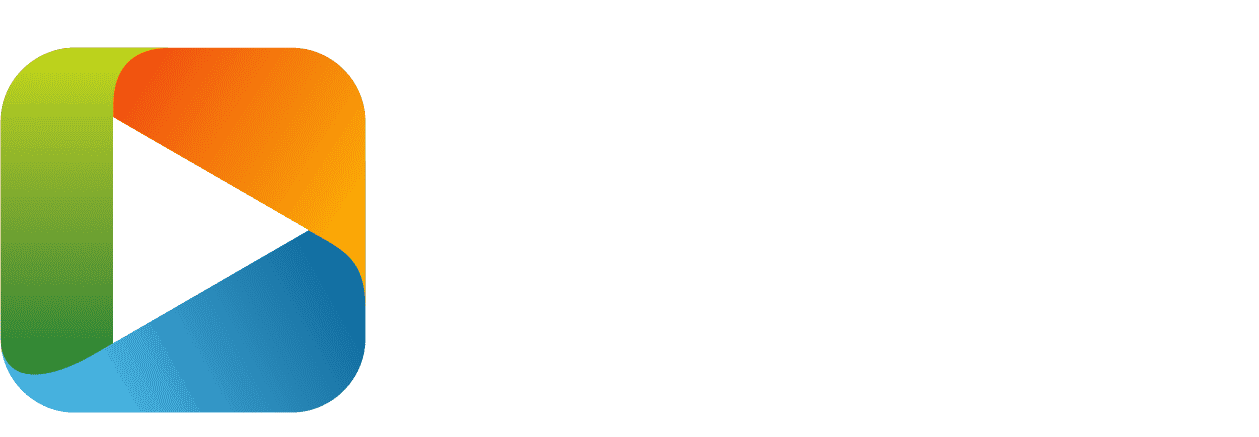One of the main reasons we started the SEGMENTS conference was because we saw a gap in the industry: no one was talking about operational issues. The industry events focused either on the technology stack or the business models/market. So we felt that the SVTA could take up the charge of creating a venue for sharing operational insights. This eventually lead to an insightful and interesting market research project launched on February 12 with one of our member companies, Touchstream. This report, The Challenges of Streaming Operations, surveyed a lot of streaming operations engineers and operations executives to understand how they measured success, the difficulties in monitoring, the challenges along a variety of vectors (i.e., getting the right data, having the right people in place, etc.), and how CMCD might be able to solve some of them. The results are very insightful and I am sure they will provide a lot of points of discussion within the industry.
The text below is the executive summary from the report (which is free to download from Touchstream). There is no doubt we will continue to refresh this report annually, focusing on additional operational details, surveying more operations folks, and trying to identify some trends in how operators and vendors are working together to tackle some of the challenges with streaming operations.
Executive Summary from The Challenges of Streaming Operations
The key to operationalising streaming is monitoring. In a traditional cable or satellite world, operators have visibility through the entire signal delivery chain, from acquisition all the way down to individual set-top boxes. Historically, though, streaming has not had that.
As a result of inherent complexity within the streaming technology video stack and a lack of interoperability, monitoring streaming video to provide the same level of service as traditional TV poses significant challenges. Whether live or VOD, understanding what’s happening throughout the workflow requires multiple points of coordination: monitoring tools, vendors/partners, and data.
The difficulty of monitoring specific workflow elements is further complicated by challenges associated with streaming operations in general: developing expertise, continuing to carry out manual monitoring processes, and getting access to the right data. Finally, the time it takes for operations to carry out the activities necessary to ensure a high-quality viewing experience also impacts the challenges operators face. In the survey results, respondents indicated that the most time-consuming activity was coordinating with third-party vendors to resolve issues, followed closely by spending time on the wrong error diagnosis and actually identifying what the issue is.
Thankfully, innovations in streaming video monitoring, such as the CTA-5004: Common Media Client Data (CMCD) specification from CTA-WAVE, are helping to link data together across workflow components (such as between streaming operator player and content delivery network operator) to improve insight. What the survey revealed, though, is a direct correlation between challenges and time-consuming activities and uncertainty about CMCD implementation. It is probable that after implementing CMCD, operators would find it much easier to coordinate with third-party vendors, identify issues faster and more easily, and even be able to better leverage advanced technologies, like AI and ML, to automate issue detection and resolution.
These challenges are both driven and impacted by how streaming operators measure success. In the case of this survey, respondents indicated that the most important KPI to gauge the success of their streaming service is still reducing buffer ratio. This KPI coincides with two industry-wide trends. The first is the growth of Free Ad-Supported TV (FAST) offerings. When FAST viewers experience buffering and stop watching, the streaming operator can lose significant revenue. Reducing buffering, then, is critical to ad revenue, which is the second trend: including ad insertion. Even for those services which aren’t FAST (i.e., a reduced-fee subscription service with ads), according to the survey respondents, the number one area of investment over the next 12 months was ad insertion. Regardless of the service type, ads are increasingly becoming an important part of streaming platforms and buffering must be reduced to prevent ad revenue loss.
This survey was conducted by Touchstream and the Streaming Video Technology Alliance. The objective was to understand the challenges that companies face with monitoring and operationally supporting live and on-demand streaming services. In addition, the survey intended to gather some basic information about CMCD awareness and implementation.
Download the full report here: https://go.touchstream.media/survey-challenges-streaming


